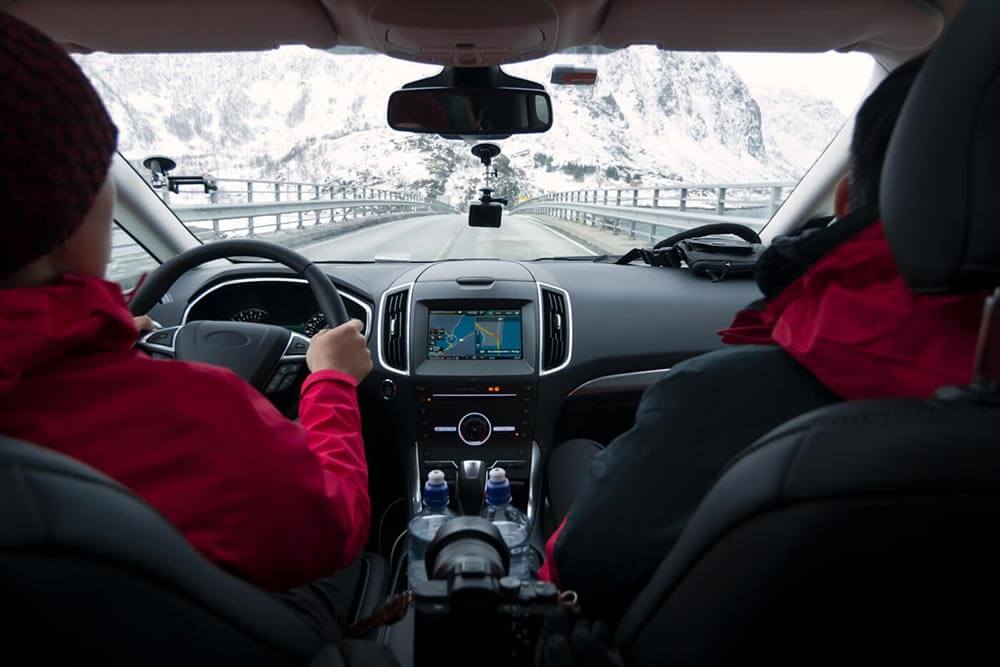When it comes to your car insurance, there are a lot of options. How do you know what you need and what you don’t? In most provinces, there are some basic coverages you’re legally required to have including

There are five key coverages you should consider adding to your policy to make sure you’re fully covered:
1. Collision Coverage 2. Comprehensive Coverage 3. New/Used Vehicle Waiver of Depreciation 4. Transportation Replacement Coverage 5. Damage to Non-Owned Auto Coverage
1. Collision Coverage
Why you need it: Accidents happen even to the best drivers. In case you’re at-fault in an accident, you’ll want collision coverage for the damage to your vehicle – otherwise, you’ll be left paying the repair bill. Plus, in some provinces even if you’re not at-fault, you might still be left paying the repair bill before trying to recover damages from the at-fault party.
What it covers: If you hit another vehicle or object (like a street sign or fire hydrant) or roll your vehicle, this will cover you for the cost to repair or replace your vehicle.
2. Comprehensive Coverage
Why you need it: Some things are just out of your control – like dents on your roof from golf-ball sized hail or uninvited new “artwork” on your driver side door. It’s not just when you’re driving your vehicle that it could be damaged, which is why comprehensive coverage will protect you for these non-collision related risks.
What it covers: This has your vehicle covered for damage from things like falling objects, vandalism, fire, theft, lightning, windstorm and earthquake.
Heads up! If you lease or finance your vehicle, having both Comprehensive and Collisions coverage may actually be required by your lender. Find out more about
3. New/Used Vehicle Waiver of Depreciation
Why you need it: Your vehicle loses value every year mostly just from wear and tear – also called depreciation. Under a standard policy, your car will only be covered for what it’s worth today, not necessarily what it would cost to repair or replace it. Meaning, you’ll be paying out-of-pocket for the difference.
What it covers: With vehicle replacement coverage, qualified vehicles are covered for repair or replacement without any adjustment for depreciation. This means, in most provinces (except Alberta) your insurer would pay the lesser of either: the original purchase price, the manufacturer's suggested retail price (MSRP) or the replacement cost of the same make & model today.
4. Transportation Replacement Coverage
Why you need it: If you’re in an accident or your car is stolen, you’ll probably need another way to get around until things are sorted out – and that can get expensive.
What it covers: You’ll be reimbursed for the cost of renting a vehicle similar to what you had or for the cost of taxis or public transportation.
5. Damage to Non-Owned Auto Coverage
Why you need it: If you’ve ever borrowed someone else’s vehicle or rented one, you could be on the hook financially if something happens to it that isn’t covered by that vehicle’s insurance policy.
What it covers: You’ll be covered for the loss or damage to a non-owned vehicle in the same way you’d be covered by your policy for your own vehicle.
Heads up! Rental companies might offer a similar coverage at the time of rental but adding it to your policy is more cost-effective.
Depending on your insurer, some of these coverages might be automatically included in your base policy. Or, you could add them on as part of a value bundle. Either way, explore your options. You’ll be surprised how affordable it is to get more coverage, especially compared to the potential cost.